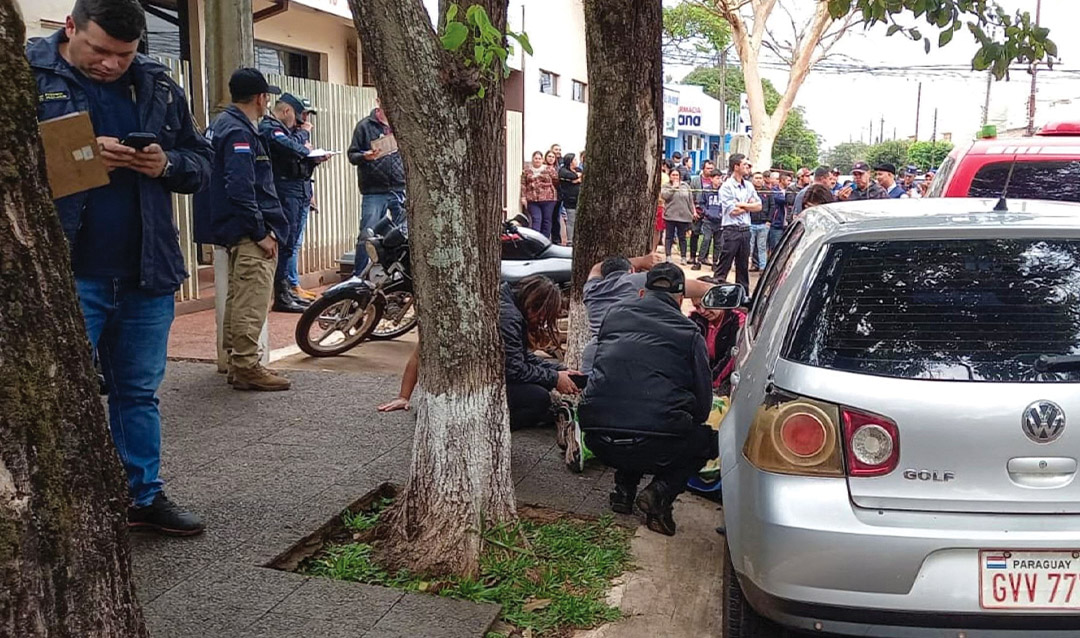In 2022, Mariana De Maio rented a truck and, along with four students from Paraguay and Argentina, drove across Paraguay mapping active media outlets and conducting surveys with the journalists they met about their personal experiences, influences, routines, and the risks and threats they face. The work aids her research for two global networks that study journalistic cultures and roles around the world: Worlds of Journalism Study and Journalistic Role Performance Project.
As principal investigator for Paraguay, De Maio logged over 7,000 miles traveling inside the South American country in order to complete nearly 700 surveys, which covered a range of topics that also included basic demographics autonomy and the role of journalism there.
Among the cities De Maio, assistant professor in the Department of Journalism and Communication, visited was Pedro Juan Caballero, which De Maio calls one of the most dangerous cities in the world because of its drug activity. De Maio, who says the drugs make it extra dangerous to practice journalism, spent three days with her students in the border city with Brazil. She later found out that one of the journalists she surveyed was later killed in front of the radio station where he used to work.
“I’m telling [this story] to put in context the importance of the job and the research that I’m doing when it comes to journalists taking risks and the resilience of these journalists to still go there every day and keep working despite the dangers of the profession,” De Maio says.
Members of De Maio’s team remained in Paraguay after she left, conducting additional surveys. She plans to submit their data to Worlds of Journalism Study by June 2023. The students she is working with are using the data in different ways—one as a basis for his master’s thesis and another for a doctoral thesis. De Maio also says she plans on writing a book with her colleagues on the project on Latin America with the data they’ve compiled.
In September, De Maio visited Mexico City to launch a third network: Journalistic Futures. Fourteen different countries are currently represented within the new network, but De Maio says they intend to expand. The first research project for the network is using case studies of media outlets in different countries to explain the future of journalism. They’re also going to study the “message” from outlets by completing a content analysis of the news produced. Through partnerships with outlets, they’ll have in-depth access to additional data.
To be chosen, outlets have to show they “create community with their audiences” that “goes beyond just producing content.”
“Because we believe that the future has to do with that creation of community, offering in-depth investigative journalism, producing a kind of journalism that offers solutions [is required], and they [have to be] independently funded,” De Maio says.
In addition to studying where journalism is headed, De Maio also focuses on how women are portrayed in journalism.
She recently published a chapter, “#NiUnaMenos: the story of a tweet that revolutionized feminism and changed how media cover violence against women in Argentina,” about the Argentinian version of the #MeToo movement in the book “Violence Against Women from the Global South: Reporting in the post #MeToo era.” De Maio says the Argentinian movement is often referred to as the spark for the #MeToo movement in the United States, which began two years later. She wrote about several projects that compared the coverage of femicides in Argentina, Paraguay and Mexico.





